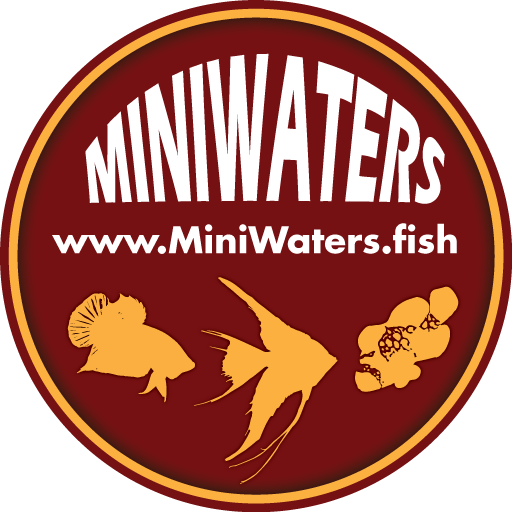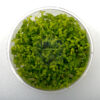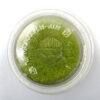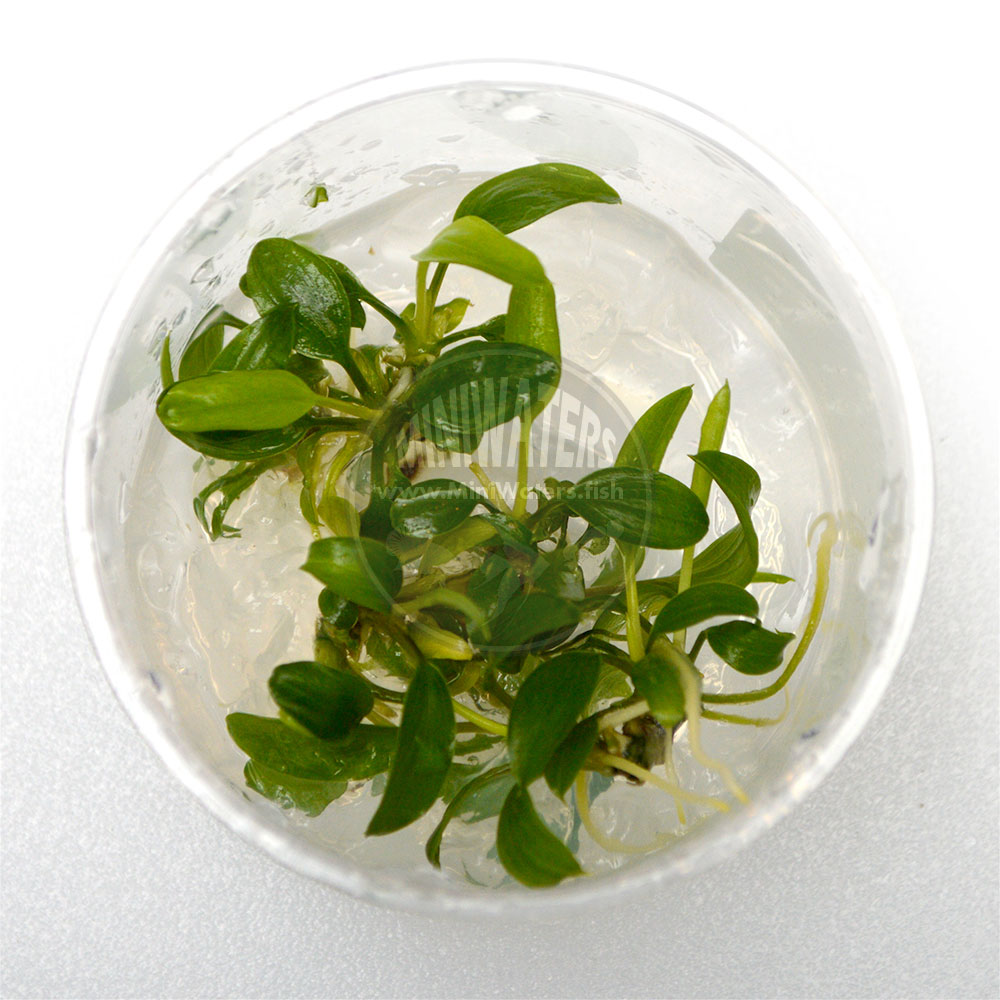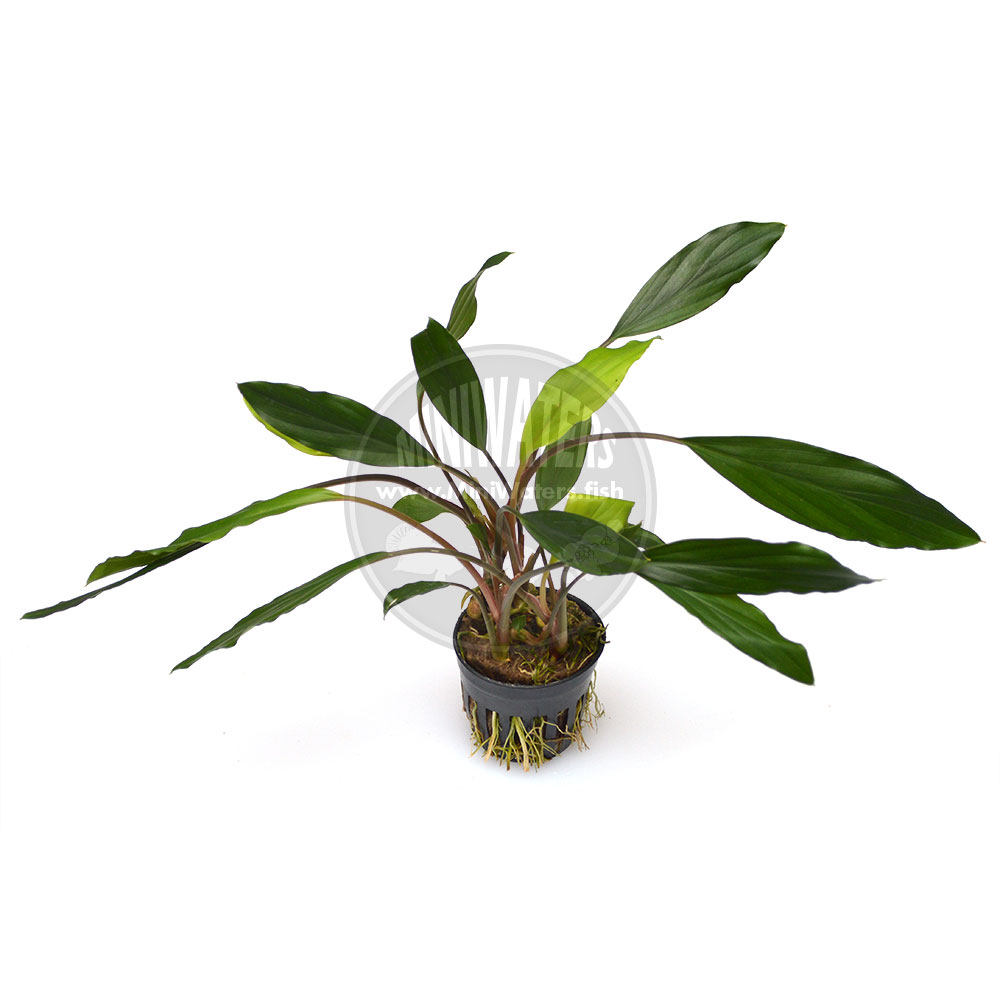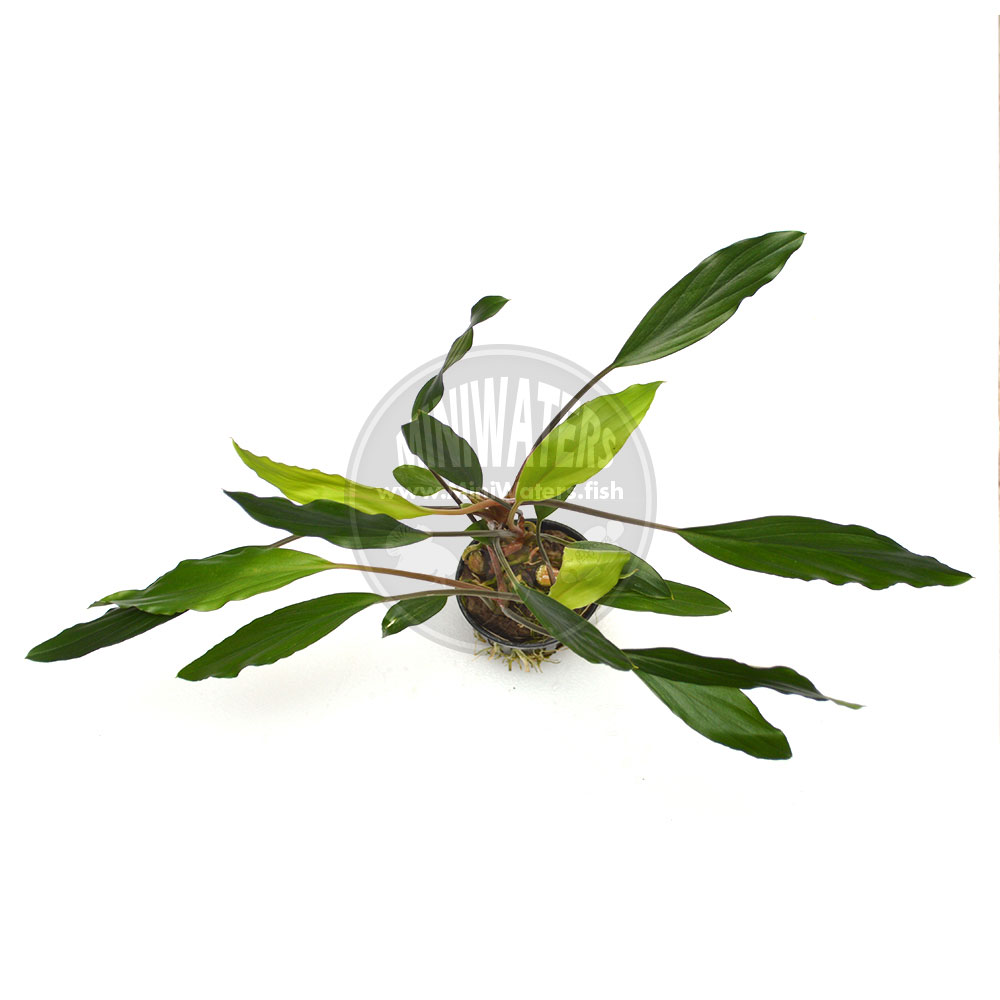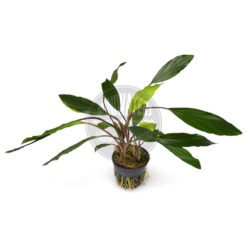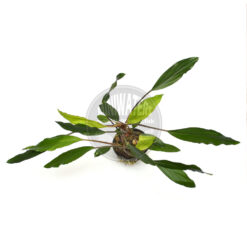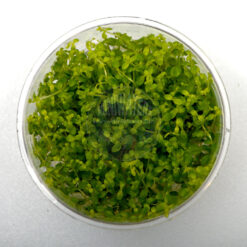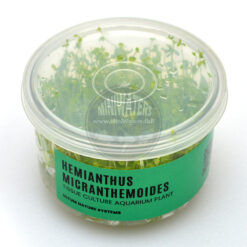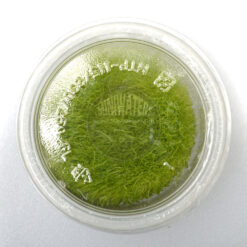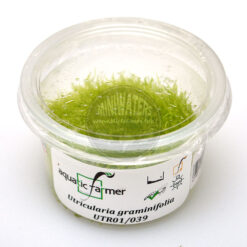Homalomena sp. “Sekadua South”
$15.00
Homalomena sp. “Sekadua South” is a variety reportedly discovered in Borneo, and is available here in tissue culture containing several small plantlets! Reportedly grows only to 4″ in height, although leaves may be longer than that!. Not much else is readily available about this plant and its origins. A potted, larger plant, is shown for reference only (we also offer this as a larger plant). Learn more below…
